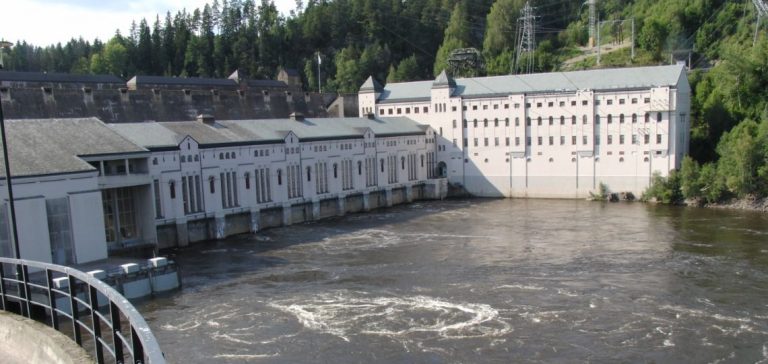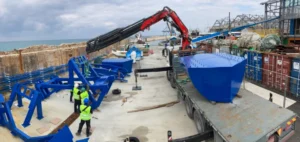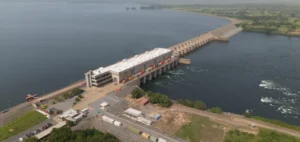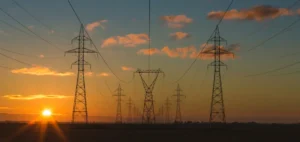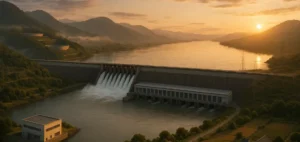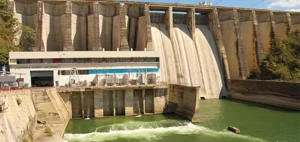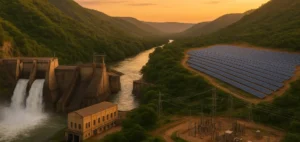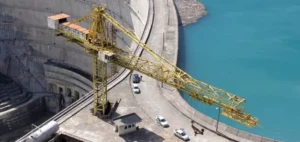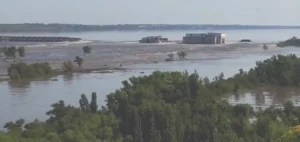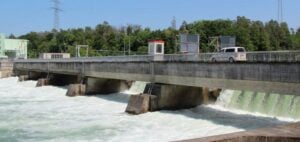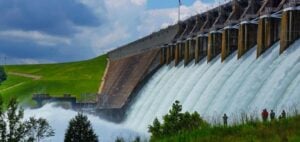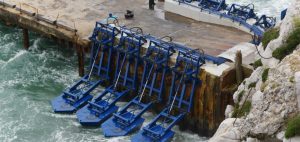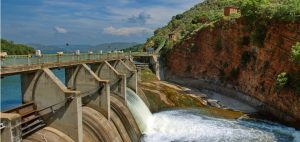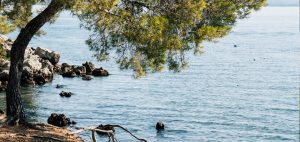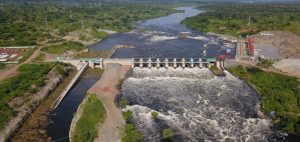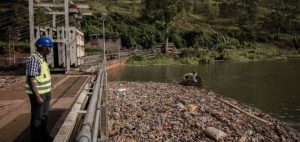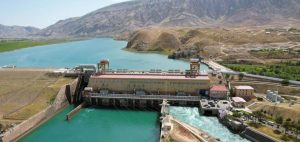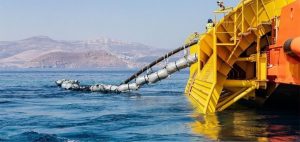The Vamma hydropower plant, Norway’s largest run-of-river facility, will undergo significant modernization work. Hafslund, one of the country’s leading power producers, has selected the international technology group ANDRITZ for the renewal of the plant’s unit 11. The aim is to enhance performance and increase the overall efficiency of the facility.
The scope of the project includes disassembly, reassembly, and commissioning of new components. ANDRITZ will notably supply a new oil-free Kaplan runner, equipped with a water-filled hub, with a diameter of 7,300 mm, making it one of the largest ever installed in Norway. This runner will improve efficiency while reducing the plant’s environmental impact. A new turbine governor and stator will also be delivered and assembled on site.
Project Capacity and Components
This initiative aims to increase the unit’s capacity by 22%, raising it from 100 MW to 122 MW. The project also includes model testing and delivery of upgraded components. The order, estimated to be in the low double-digit million euro range, was placed in mid-2024.
The start of on-site assembly of the new stator is scheduled for the first half of 2026, while full commissioning of the upgraded unit is expected by early 2028. The Vamma power plant, located on the Glomma River, is equipped with twelve generating units, including ten Francis and two large Kaplan turbines, with a total installed capacity of 343 MW. It generates an average of 1,580 GWh of electricity per year, playing a key role in Norway’s renewable energy grid.
Statements from ANDRITZ Leadership
Kjetil Toverud, Managing Director of ANDRITZ Hydropower in Norway, stated: “This project is a milestone in our partnership with Hafslund. By upgrading the Vamma 11 unit, we are not only boosting its capacity and efficiency but also extending its operational life to support the country’s renewable energy ambitions.”
Norway’s Hydropower Strategy
Norway heavily relies on hydropower, which accounts for more than 90% of its total electricity production. The modernization of the Vamma plant is part of this dynamic, aiming to maximize the potential of existing facilities while reducing their environmental impact.
The Vamma project exemplifies Norway’s strategic approach to maintaining the competitiveness of its energy sector while meeting sustainability requirements. This modernization allows for maximizing the performance of current infrastructures while avoiding the costs associated with building new facilities.

